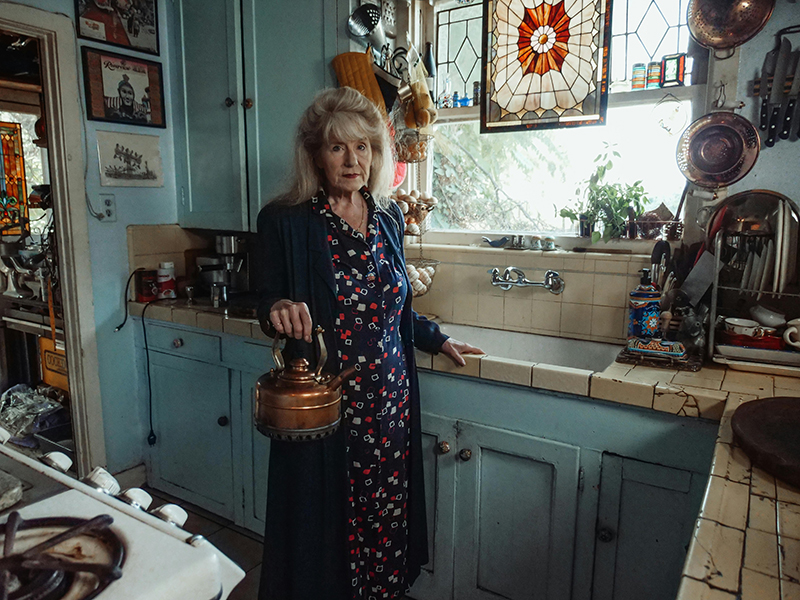By Jennifer Beach, LSW, MA, C-SWCM

As an Aging Life Care Manager,® one of the most frequent questions families ask me and struggle with is, “How do we know when our loved one is no longer able to stay at home?” This is a difficult question and is different for every person.
We all know that changes as we age can be difficult. We may try to ignore, overlook or deny changes that are taking place. We all want to maintain our independence. Even the smallest of changes are often considered or viewed as losses and can be difficult, depending on our personalities, medical conditions, histories, values, and beliefs, just to name a few of the factors that contribute to who we are and how we see ourselves. Something as simple as hearing loss and needing a hearing aid or changes in mobility and balance requiring a walker can be difficult, let alone a potential need to move from our home. Many of us are willing to risk safety, quality, comfort and potential injury, all to hold onto to our independence.
Often a parent, spouse or loved one will refuse assistance or even participate in a discussion about changes that are happening. Our parents or loved ones may feel the adult children or spouse do not understand them or are making something out of nothing. They argue that a recent fender bender, a fall, an error in the checkbook, a call from a neighbor about a concern doesn’t mean anything about them or possible changes that are taking place. They may make promises or assure family members they will only drive on familiar streets and will not drive at night and will take their medications, eat regular meals and so on. Changes that may be needed to remain safe in their home and the rejection of that safety in the name of independence and dignity is a real struggle. The question becomes, how do you know when safety should outweigh the wish to remain independent? How do you know when it is time to move?
There are six Basic or Key Activities of Daily Living that help us understand someone’s abilities:
| 1. Eating | Able to feed oneself |
| 2. Bathing | Able to bath/shower, brush teeth, and groom |
| 3. Getting Dressed | Able to dress and undress |
| 4. Mobility | Able to sit, stand, and walk |
| 5. Continence | Able to control bladder and bowel functions |
| 6. Toileting | Able to get to and from the toilet and clean oneself |
Then we look at how much assistance an individual needs in each of these areas. For example:
- Does your parent, spouse or loved one need reminders to take medications, know what they are taking and what’s it’s for? Do you often find pills on the floor, still in the pill dispenser or they are simply not taking their medications?
- Do they need help with a shower or dressing? Or do you notice they are not taking care of their hygiene or dress like they used to? Wearing same clothes day after day?
- Losing weight? Do they have old food in the refrigerator, forget to eat or don’t care about eating? Are they able to prepare food, can they make simple meals or do they have difficulty using the microwave?
- Changes in ability to use the TV remote or phone? Would they know who to call in an emergency and can they call 911?
- Changes in their mobility and gait? Needs a walking device but does not see why or forgets to use it.
- Changes in their own self-awareness, do not understand or see why people are concerned about them?
- Are there changes in their social life? Did they used to go out and meet friends, attend church, participate in things and now have little or no friends or interests?
There is no simple formula to make this important, life-changing decision about when it’s time to move. Things to ponder in addition to the six key factors of daily living are safety, the current physical home, available support and assistance, finances, the individual’s health, the family’s risk tolerance, and the willingness to change and adapt life’s routines, just to name a few considerations.
The reality is, all of us age and will need to make changes in our lives at some point. Will we be willing to accept and make changes as our abilities change? One of the best things we can do is take time to think about changes that will come. Talk about them with loved ones and hopefully, over time, we can accept the changes in our independence, recognize our need for potential assistance and be able to live the best we can at all different stages of our lives.
Original Article: https://www.northeastohioboomer.com/blogs/when-aging-at-home-is-no-longer-safe/

